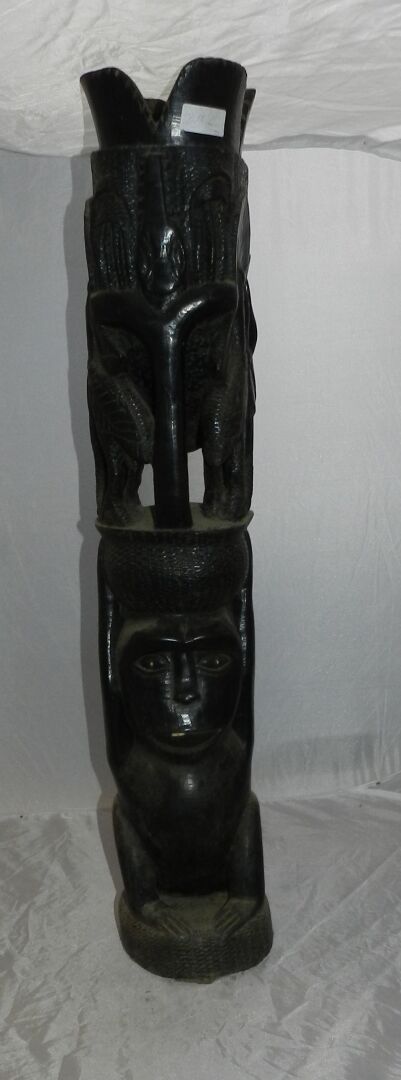400
Online
AFRICA ( CONTEMPORARY ART) - A sculpture in blackened wood. Wood, H 75cm (8)
You may also like
